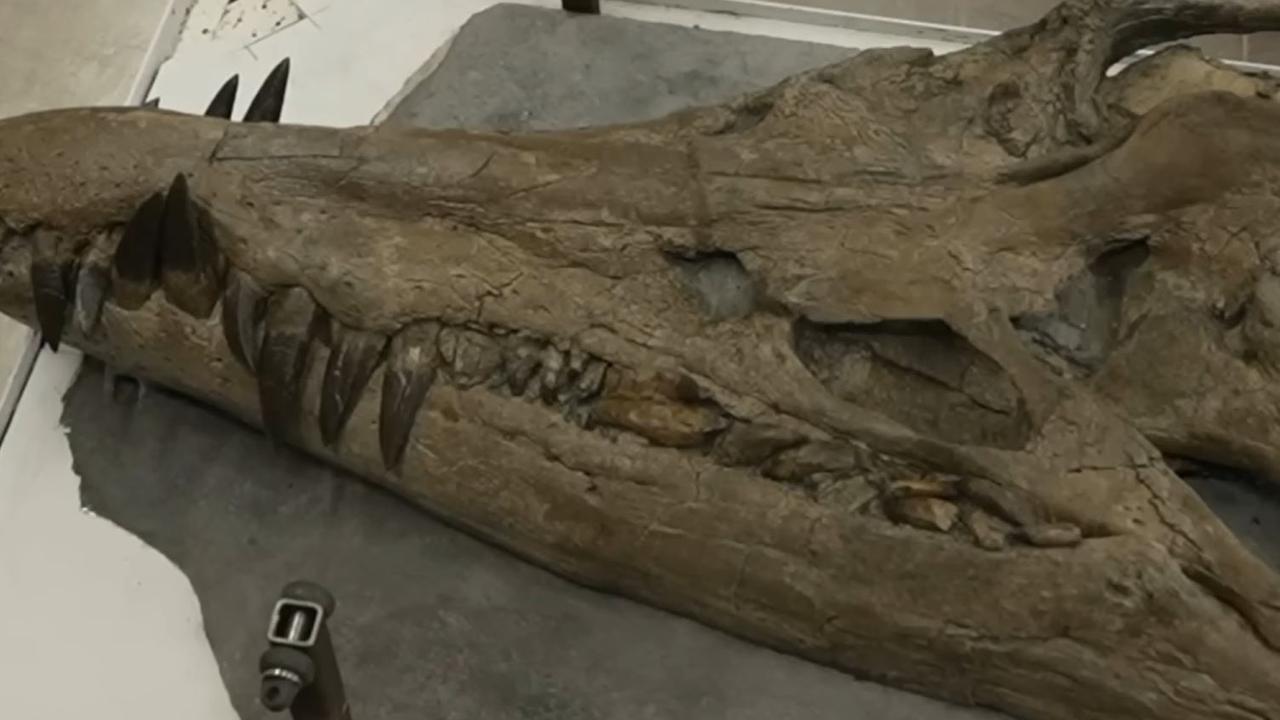A terrifying 6ft-long skull of an “underwater T-Rex” has been discovered in Dorset cliffs after 150 million years.
The jaw-dropping skull belonged to a ferocious sea reptile that lived in the Jurassic Coast.
Experts dubbed the ferocious monster a “killer machine” – with 130 killer-teeth including long razor sharp ridges.
Known as pliosaur, the 6ft-long head is believed to be one of the most complete examples discovered yet, reports the Sun.
The creature could have been up to 12m long – as only the skull is bigger than the average human.
Dr Andre Rowe from Bristol University said: “The animal would have been so massive that I think it would have been able to prey effectively on anything that was unfortunate enough to be in its space.
“I have no doubt that this was sort of like an underwater T-Rex.”
The ancient predator is set to feature in a special episode of the beloved BBC David Attenborough show on New Year’s Day.
In the new episode, the TV star will unveil the impressive fossil for the first time.
Palaeontologist Steve Etches claimed the dinosaur is the first of its kind.
He told BBC News: “It’s one of the best fossils I’ve ever worked on. What makes it unique is it’s complete.
“The lower jaw and the upper skull are meshed together, as they would be in life.
“Worldwide, there’s hardly any specimens ever found to that level of detail.
“And if they are, a lot of the bits are missing, whereas this, although it’s slightly distorted – it’s got every bone present.”
It was found in a towering cliff 15m above the Dorset beach while the scientist was taking a stroll near Kimmeridge Bay.
Steve and fellow fossil enthusiast Phil Jacobs spotted a tip of the snout of the dinosaur laying in the shingle.
They then took a makeshift stretcher to carry it as it was extremely heavy.
Scientists now believe the rest of the animal could still be hiding inside the cliff.
Mr Etches said: “I stake my life the rest of the animal is there.
“And it really should come out because it’s in a very rapidly eroding environment.
“This part of the cliff line is going back by feet a year. And it won’t be very long before the rest of the pliosaur drops out and gets lost.”
The skull will be on display next year at the Kimmeridge museum in as part of the Etches Collection.
This article originally appeared on the Sun and was reproduced with permission.

